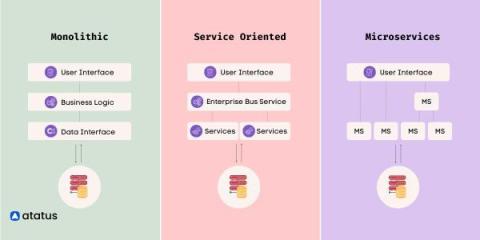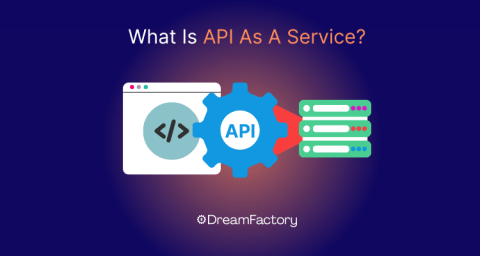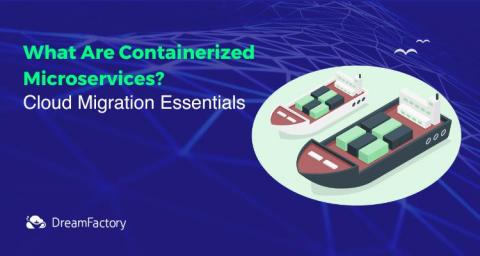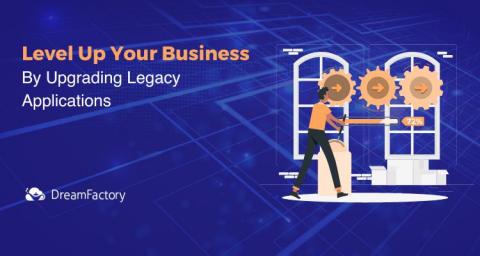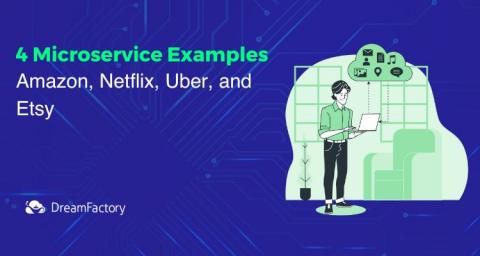Monolithic vs. SOA vs. Microservices: Which One Should You Choose?
In the dynamic realm of technology, how we conceive, construct, and uphold applications exerts a significant influence on their scalability, ease of maintenance, and ultimate prosperity. Throughout this blog, we will embark on an expedition through the evolutionary trajectory of software architecture.


